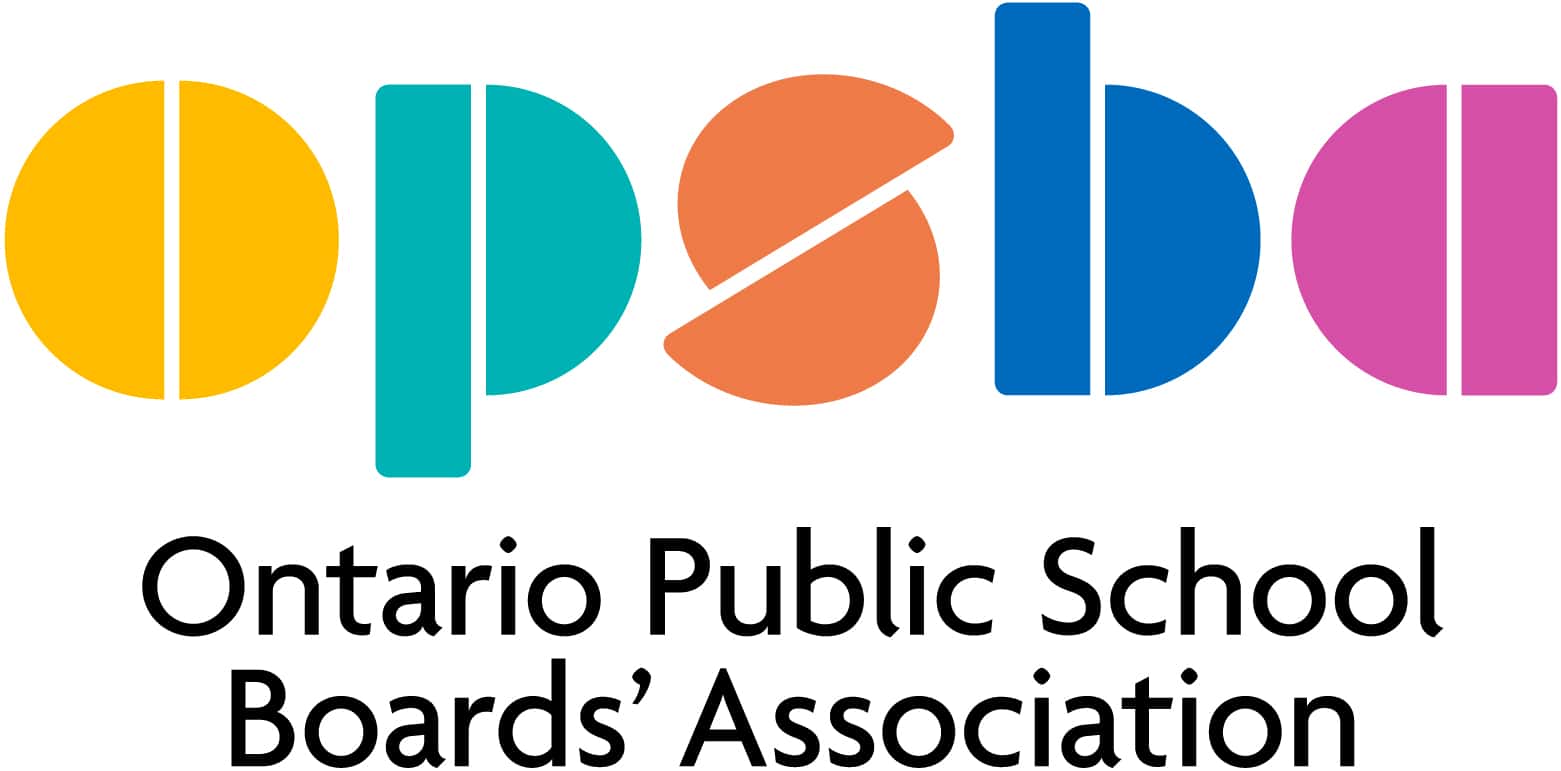 Photo Credit: istock.com/monkeybusinessimages |
Focusing Communication Efforts Within Could be the Key to Your Board’s Success
By Alison LaMantia
| A young mom warms her hands around a cup of coffee as she gazes through the glass surrounding an ice rink. Her four-year-old son, Gowan, has just started hockey and he’s wobbling all over the ice. It’s a joy to watch. Then her attention breaks as she overhears a conversation, clearly about Gowan’s school. One speaker, a staff member at the school, is saying her kindergarten class is out of control and she doesn’t feel she can solve the problems. She’s frustrated.
The mom’s heart sinks. She too has concerns about the school because Gowan has come home upset a few times. Now her doubts are confirmed: she has heard it from an employee, so it must be true. This situation can happen anywhere, at any time. How employees feel, what they say and what they do shapes reputation and public confidence more than any media story, social media post or letter home. The results of the 2017 Edelman Trust Barometer, an annual global survey of more than 33,000 people, highlight the importance of employees. According to the survey, employees are the most credible source of information about an organization. And respondents say how a company treats employees is most important for building public trust. “In general terms, a human intensive organization must pay close attention to the humans in the organization,” says Peel District School Board trustee Stan Cameron. He says his board does this by listening, respecting, responding, recognizing, supporting and celebrating employees. Cameron says that the board’s ongoing communication with staff will build support for strategic goals, decisions and directions, and can help boards assess whether efforts to achieve goals are working. “Communication is important to ensure staff understand the goals and strategies as recognized by the board,” says Cameron. “Ongoing communication about progress ensures staff maintain their commitment. Communication by way of mid-term input from stakeholders is another great way to fine tune or realign the strategies. If the board hears that strategies and goals around student achievement and well-being are not being met, that communication offers us an opportunity to reset.” Cameron mentions Peel’s recent We Rise Together report as an example of how employees have impacted direction. “Staff were expressing concerns about their male black students falling behind academically and socially. Our board has responded with staff, time and resources to help address these serious concerns.” Sylvia Link, director of marketing and communications with the Retired Teachers of Ontario, echoes Cameron’s views on the importance of internal audiences. She says boards should focus on internal audiences first. “We tend to think we need to get the message out, but really, we need to get the message in,” says Link, who has worked in communication roles at a school board and at the Ministry of Education. “There’s a temptation to focus on external audiences with media relations, marketing, and speaking outside the organization. But what the evidence demonstrates is we can only be effective when we focus internally first.” Link also owns a business that provides communication audits to school boards. She’s conducted a dozen audits at boards across Canada and says the need for more internal communication is a consistent theme. “Staff have always said they would like more information from senior management about what others are doing in the organization. Staff are hungry for communication at all levels.” Link emphasizes it’s not only good news boards should be sharing. Employees should hear about bad news from the organization first, not through the media or the grapevine. “Ironically, opening up the process and showing how things are going, even if it’s not on track or on schedule, can build trust,” says Link. “If things don’t work out – you don’t reach a goal – you’ll have a lot more support if you’ve been honest all the way along and brought them in on the process.” Don’t Talk at Employees, Talk with Them To build engagement, boards can embrace what Link calls “all-way communication.” She suggests creating ways that staff can share feedback and ideas directly with senior management and collaborate with peers. This can be done in person and online. Link advises not to stop at the initial conversation — employees want follow up. “There’s a desire among staff to feed information back up through the organization,” she says. “Internal audiences have realistic expectations. They don’t think every bit of feedback will be acted on. They want to know what has happened. What’s being used, what’s not and why not. If that loop is closed, they’re much more able to accept decisions that don’t match with their original feedback because they have understanding of the context.” There’s a correlation between employee engagement and public confidence in the school system. Link says it’s the engaged employees who advance the system. “We need to think about supporting the highly engaged staff to keep them engaged and increasing engagement among neutral staff. For the folks who are disengaged, we need to find some solution for that issue that’s on their mind,” she notes. “Do staff feel satisfied? Do they feel they can come to work and do their best work? If those conditions aren’t in place, then that’s a warning sign for the organization. Really, anything that moves the organization forward comes from staff who are doing more than just the bare minimum of their job.” Alison LaMantia is a freelance writer and communication professional based in Simcoe County. Prior to launching her freelance career, Alison worked for 10 years in various communication roles for two large school boards. Find Alison online at www.alisonlamantia.com. |
|

